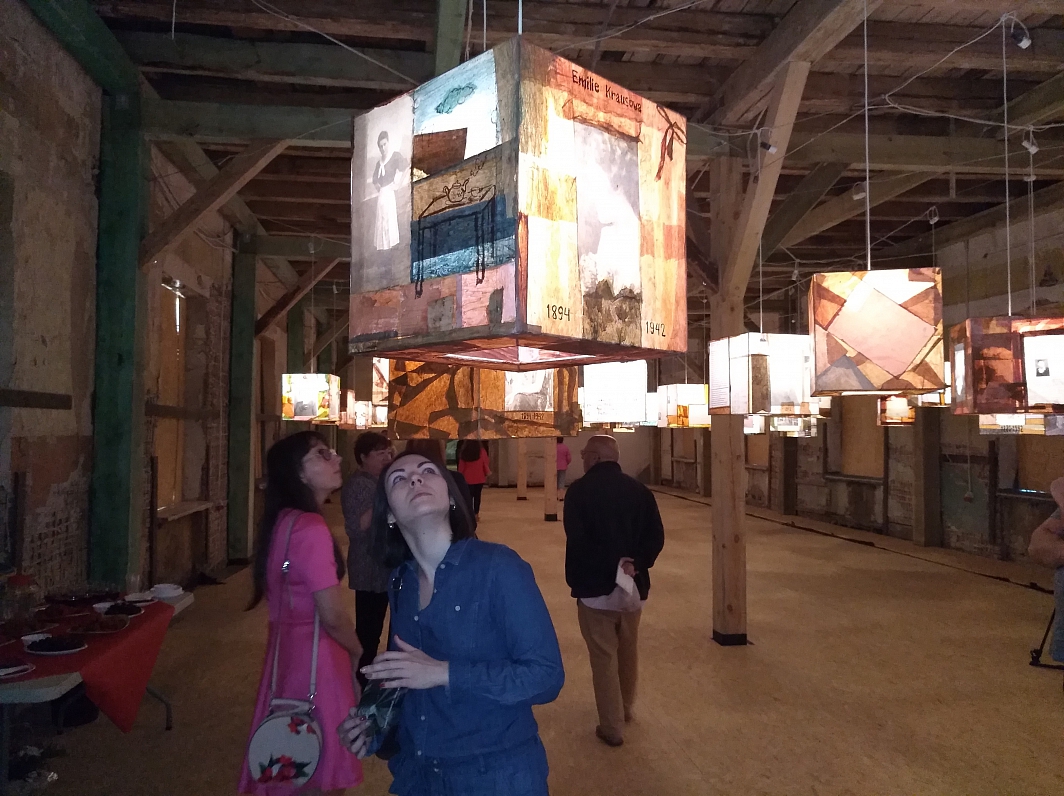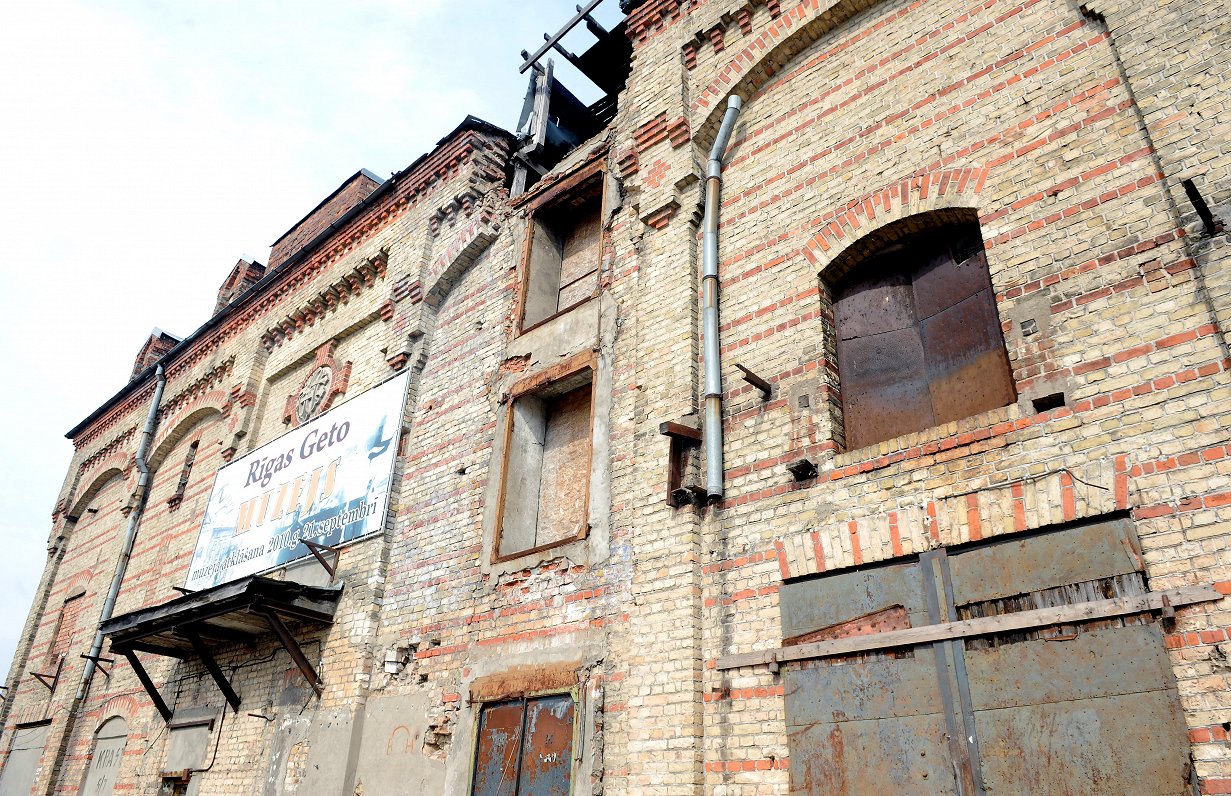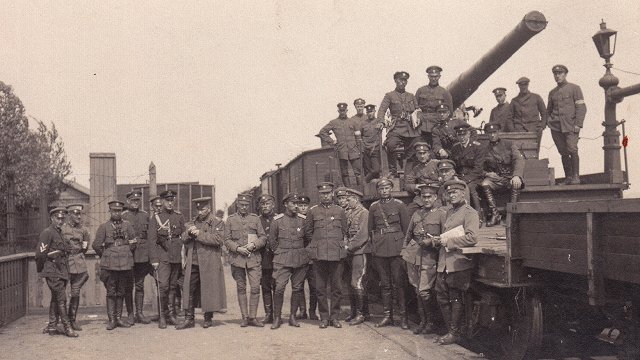Hidden among the big brick buildings at Spīķeri, the Rīga Ghetto Museum documents the history of Jews and the Holocaust in Latvia under the open sky. It is located, symbolically, next to the territory where the Nazis set up a Jewish ghetto in 1941.
Until the Second World War, Jewish traditions were an integral part of daily life in Rīga. Jewish people first settled in Latvia as early as the late 16th century. By the first half of the 20th century, the Latvian capital served as the political and cultural center for the c. 70,000 Jews living in the country. About half of them resided in Rīga, with the Jewish minority making up around 10% of the city population.
With the arrival of troops from Nazi Germany in July 1941, the atrocious destruction of Jewish people and their culture started in Latvia. Jews were systematically persecuted and shot, and almost all of the city’s synagogues were burned down. A ghetto was set up in the run-down working-class neighborhood known as the Moscow Suburb, located between Lāčplēša, Lauvas, Kalna and Maskavas Street, and Rīga’s Jews were forced to move there. Excluded from public life, they were subjected to forced labor to support the war economy.

The complex, enclosed by barbed wire, was guarded by a Latvian militia commanded by the German security service. 30,000 people lived there crammed together in a tiny space. A small wooden building, which was transported to the museum territory from the ghetto in 2011, may give an idea about the catastrophic circumstances inside.
Only a few of the ghetto inmates survived. The innumerable names of the victims follow one another on the long walls of the museum exhibition. The first mass killings took place in late 1941, carried out under the pretext of lack of space. In just two days, 25,000 Latvian Jews were driven from the Rīga Ghetto to the Rumbula forest and killed there. Jews from Western and Central Europe were brought in to take their place at the ghetto.
During the German occupation, antisemitic propaganda spread among the Latvian population as well. Following the painful loss of independence in 1940 and terror by the occupying Soviets, many greeted the Germans as liberators. To many, the “Jewish Bolshevism” denounced by German propaganda became a common enemy. But there were some who resisted and tried saving Jews from certain death. The best known among them is the dock worker Žanis Lipke, who, together with his associates, saved more than fifty Jews from the ghetto. He also is the subject of a museum in Rīga.
The second “ghetto action” took place in March 1942. Two thousand Jews deemed unfit for labor were taken to the Biķernieku forest and killed. As per the Nazi “Final Solution” plans, the ghetto was gradually taken down starting July 1943. The remaining inmates were moved to the Riga – Kaiserwald concentration camp in Mežaparks, where they were either killed or relocated to other death camps. By the end of the war, Rīga had lost almost all of its Jewish population. The Nazis proclaimed the Baltics to be the first “Jew-free” area in Europe.

The fact that the Ghetto Museum was established as late as seventy years after the Second World War, and by a Jewish association, testifies to that the process of becoming aware of the Holocaust and evaluating Latvian involvement has been belated and slow. After Warsaw, Rīga is the second capital in Eastern Europe to have a ghetto museum.
The German Traces series was first published as part of the Goethe Institut in Rīga project “German Footprints in Latvia” ("Vācu pēdas Latvijā" www.goethe.de/vacu-pedas). The linked mobile application "German Footprints in Latvia" can be downloaded at www.ej.uz/vp-iOS and www.ej.uz/vp-Android.



























